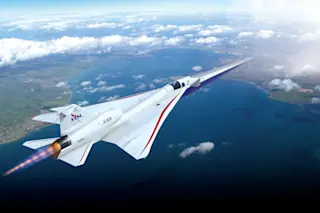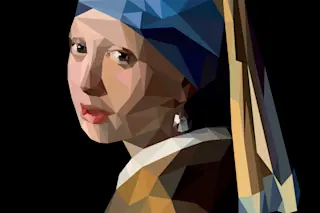And now for something completely different… In my day job, I spend a lot of time thinking about how stars form. The assembly of stars (and planets) constitutes one of the great frontiers of modern astronomy. With the discovery of hundreds of planets orbiting other stars, the co-joined questions of how solar systems form and evolve has taken on a new urgency. Life will form on planets and planets will form around stars. But where, and how, do stars form? That is a question you can now explore directly in the finest and oldest tradition in science—by playing around. From a very unusual collaboration between DISCOVER, the University of Rochester, the National Science Foundation, and my good friends at Second Avenue Software, we are happy to bring you "Star Formation: The Game." Over the last three decades, astronomers have worked hard to develop an accurate picture of single star formation as the gravitational collapse of large interstellar clouds. This was a huge achievement, but it was only the first step. With better telescopes operating at longer cloud-penetrating wavelengths, it became clear that star formation was a family affair. Worse still, the families can be pretty dysfunctional. That is what "Star Formation: The Game" is all about. In many star-forming wombs, the collapsing cloud will produce thousands of stars. A few of these will be massive giants that are 10 times heavier than the sun. These high-mass stars live fast and die hard, producing torrents of UV radiation, powerful stellar winds and, finally, apocalyptic self immolation in the form of a supernova. All this energy is dumped back into the same cloud from which the massive star formed—a process called "feedback." Feedback can be good news or bad news for sibling stars. It can tear the cloud apart, short-circuiting any new star formation, or it can sweep cloud gas together to form new stars. No one is sure yet which process is more important. It’s all about a competition between cloud destruction and new star formation. What better place to build a competitive science based-video game? The point of "Star Formation: The Game" is to let people learn about a specific astronomical process in a very different, very non-traditional way. The game lets you drop new stars into a cloud that then goes supernova. Your job is to try and corral the cloud gas with these blast waves, sweeping gas together so that it becomes dense enough to form new stars before the whole cloud is blown away. Of course, if you want your science served in a more traditional manner, you can shoot over to a story I wrote about star formation and feedback in DISCOVER's February issue that accompanies the game. We very much hope you enjoy it. Tell your friends (including your video game playing kids), and we would love to hear your feedback.
Adam Frank is a professor of astrophysics at the University of Rochester who studies star formation and stellar death using supercomputers. His new book, “The Constant Fire, Beyond the Science vs. Religion Debate,” has just been published. He will be joining Reality Base to post an ongoing discussion of science and religion—you can read his previous posts here, and find more of his thoughts on science and the human prospect at the Constant Fire blog.














